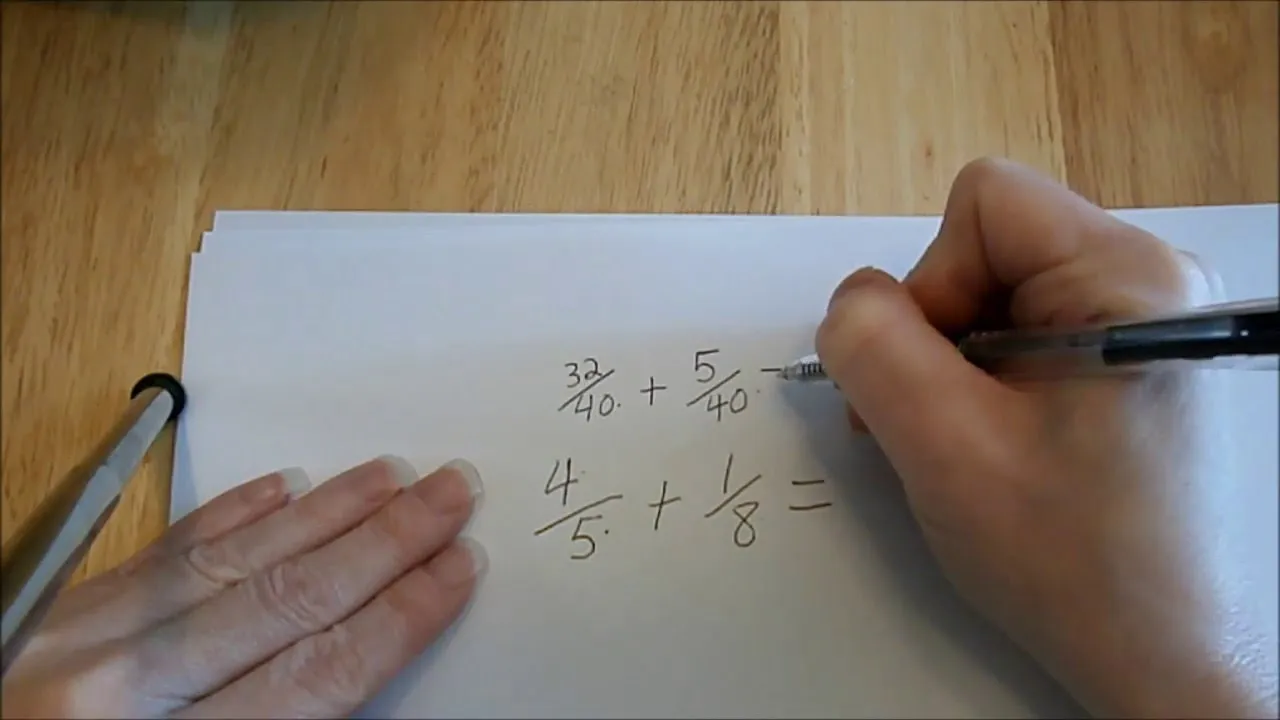How-To Guides about Education


how to
Make Slime Without Borax: 5 Easy Recipes for Gooey Homemade Ooze


how to
How to Convert American Pounds to Kilograms

how to
How to Make Ammonium Nitrate with NaHSO4 and Nitrate Salt




























Featured On WonderHowTo:
Productivity & Shortcuts










Featured On WonderHowTo:
Music & Audio










Featured On WonderHowTo:
Augmented Reality









Featured On WonderHowTo:
Gaming













































































































































































































